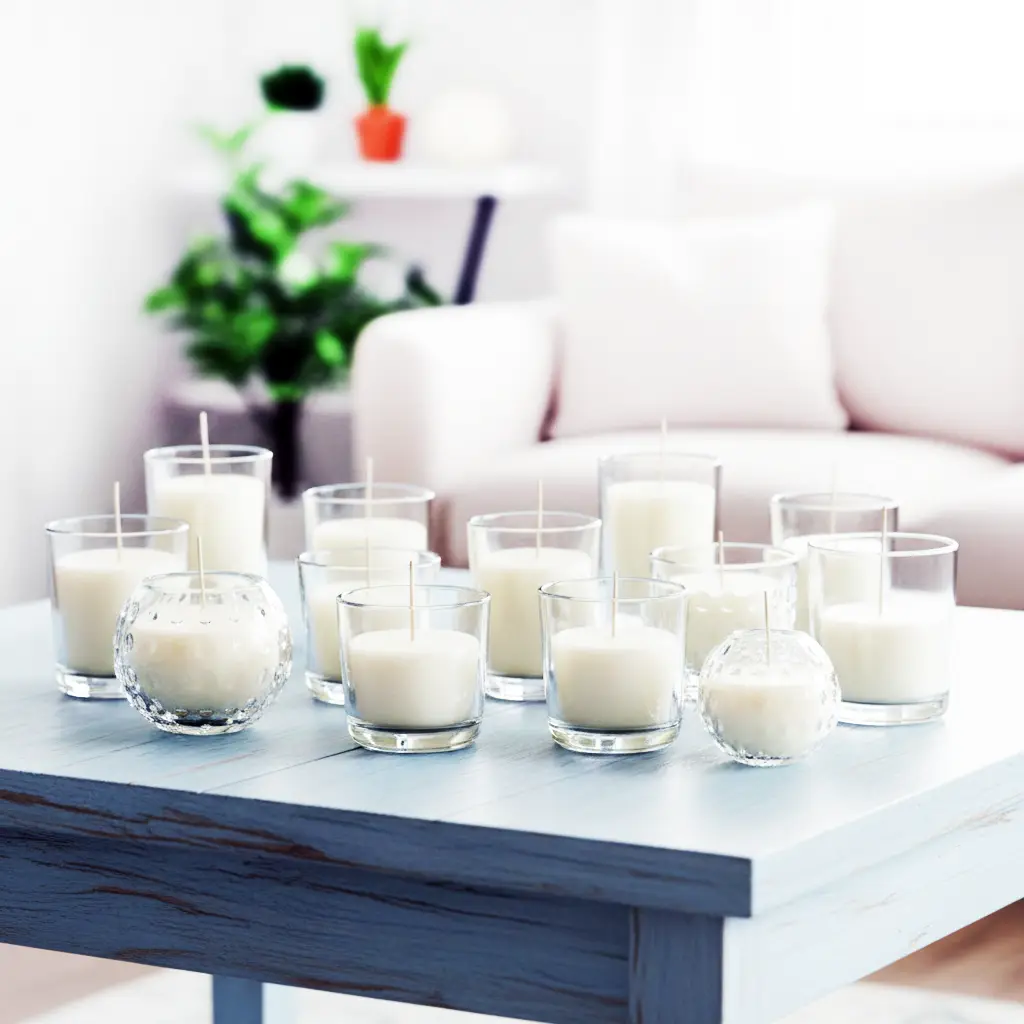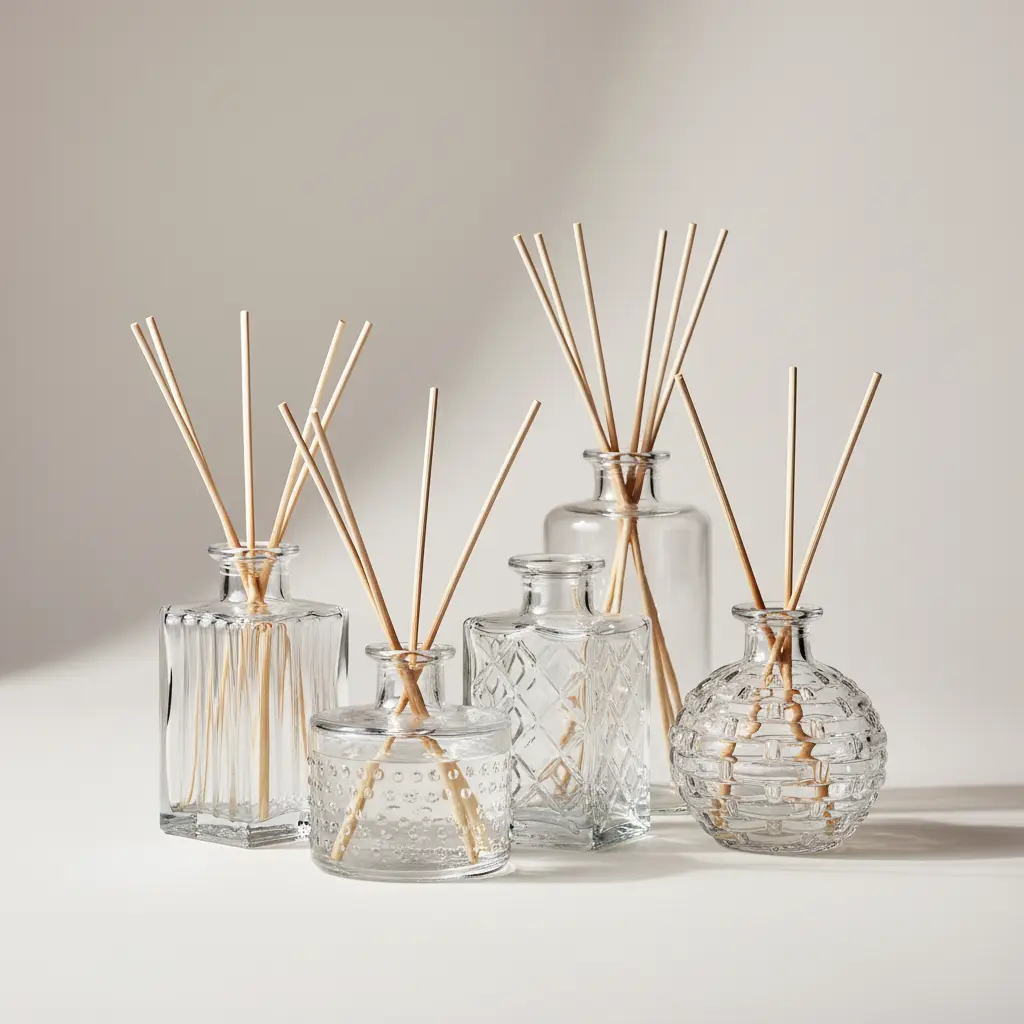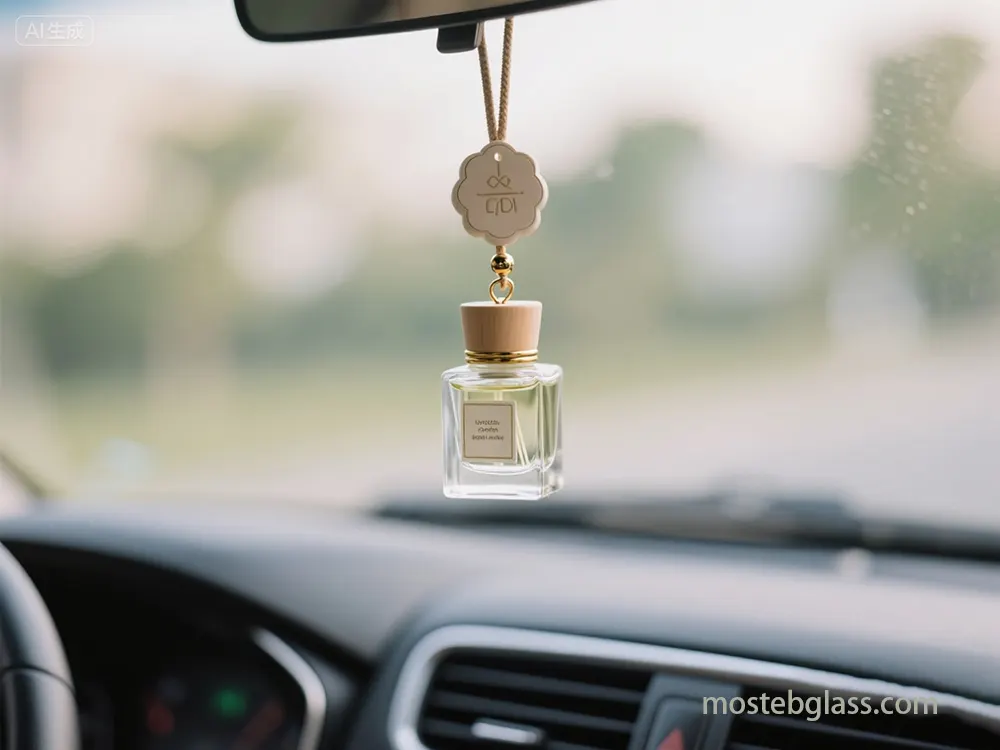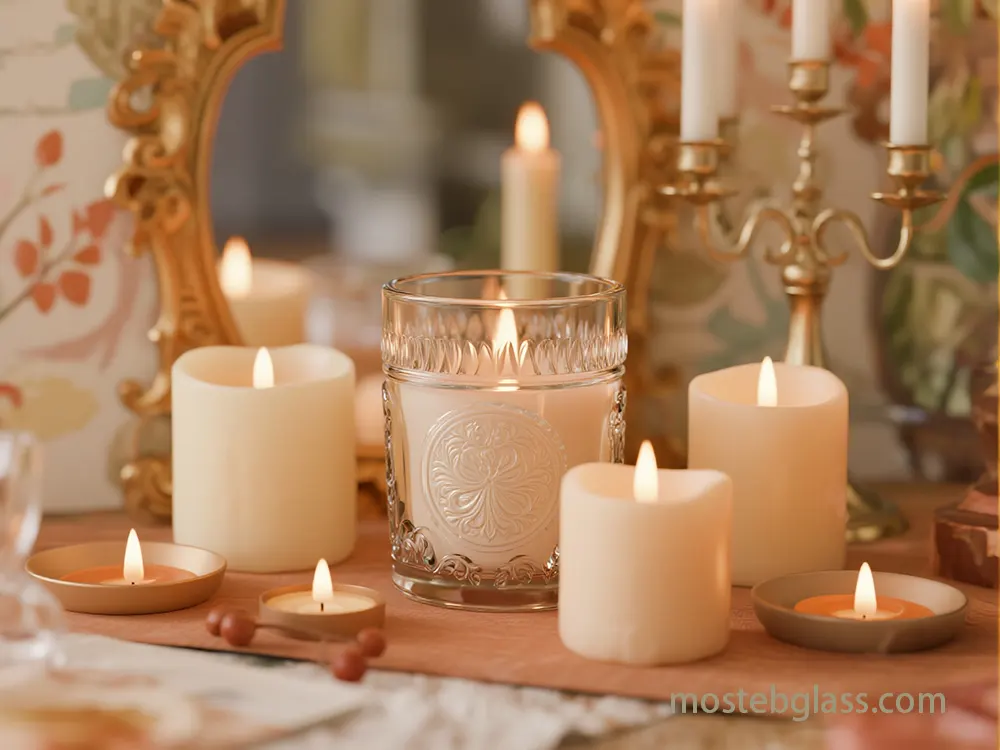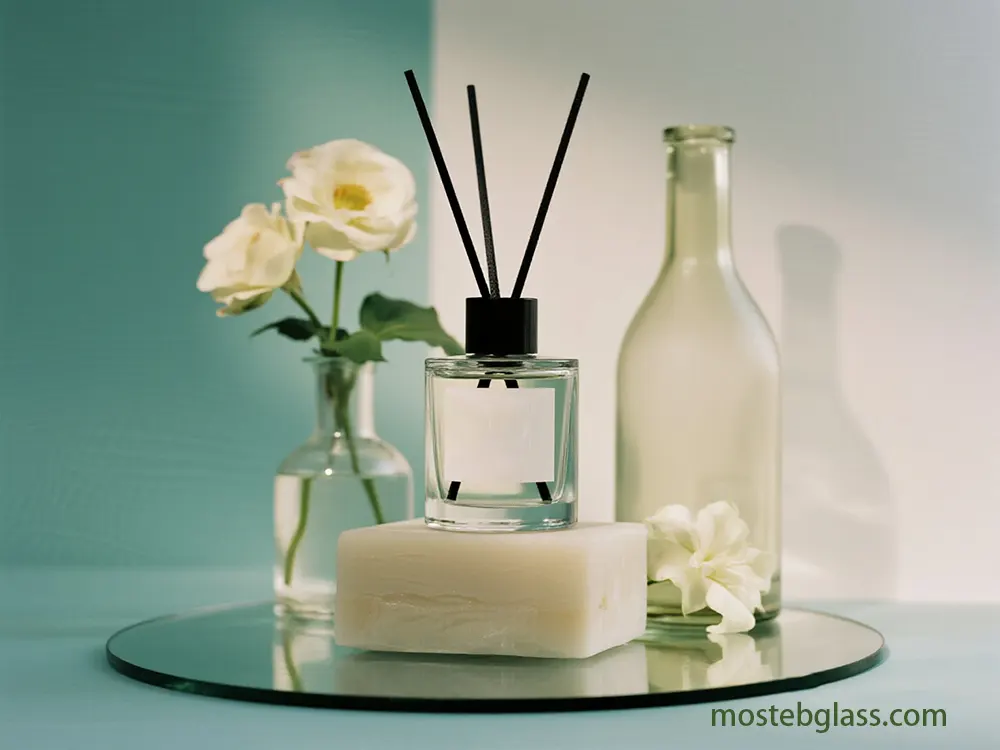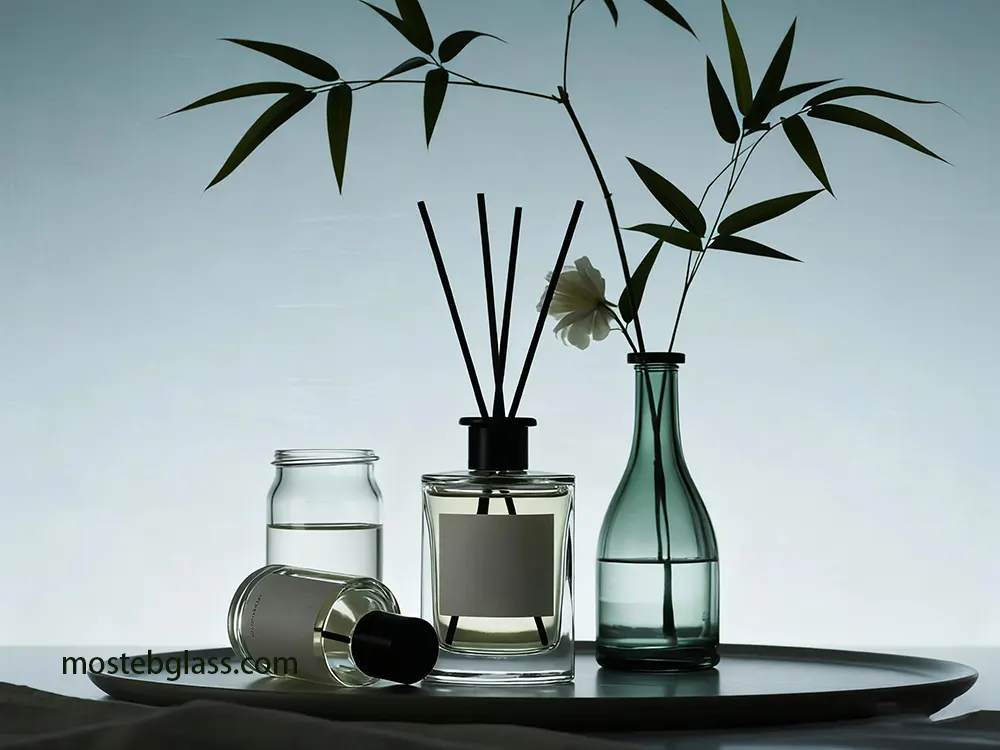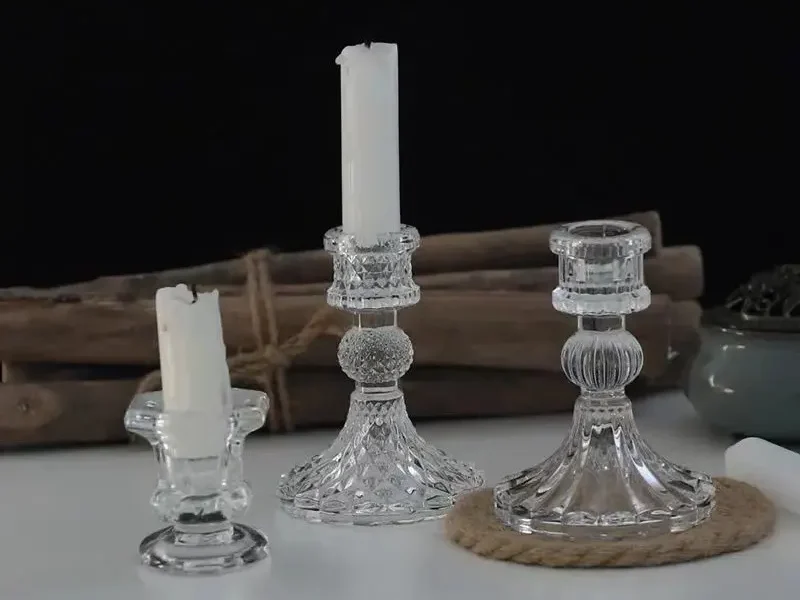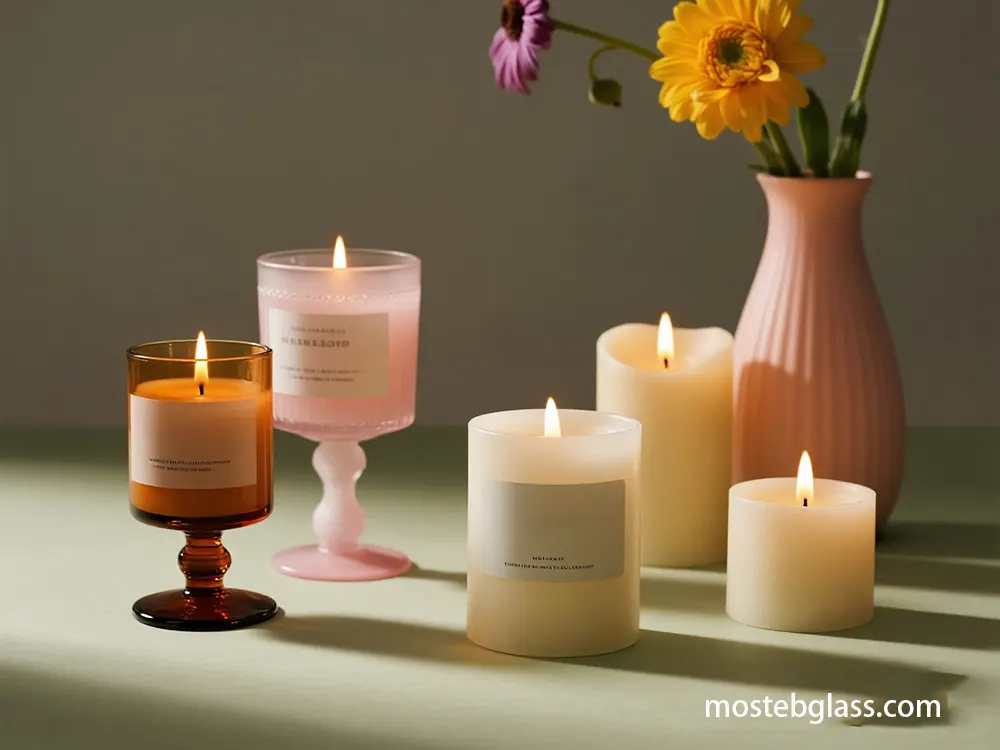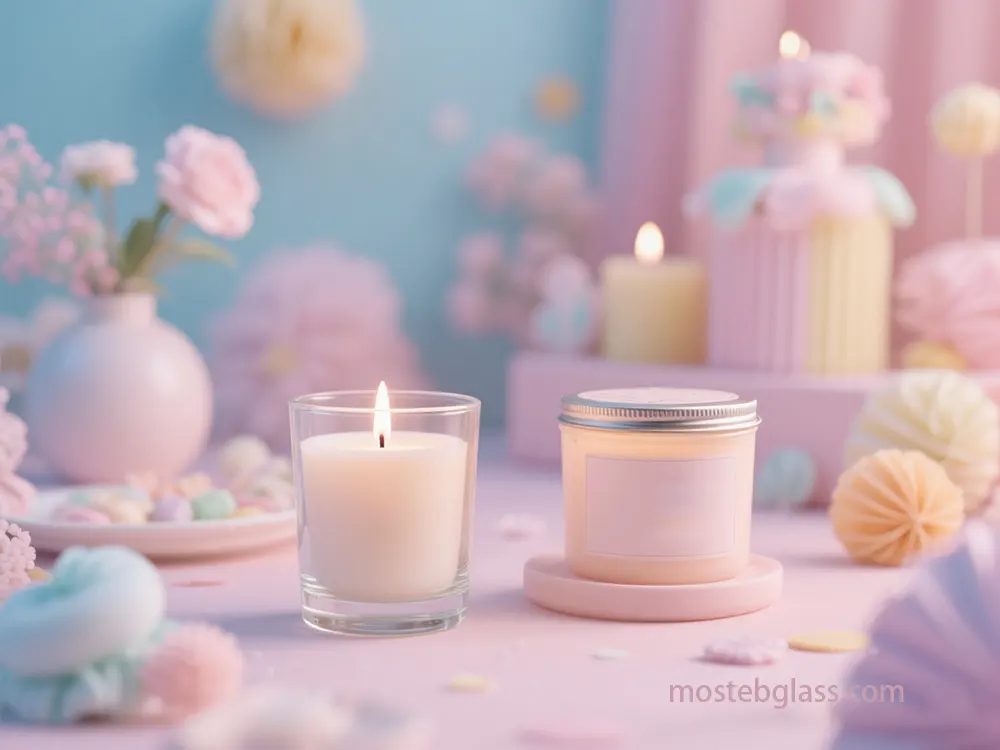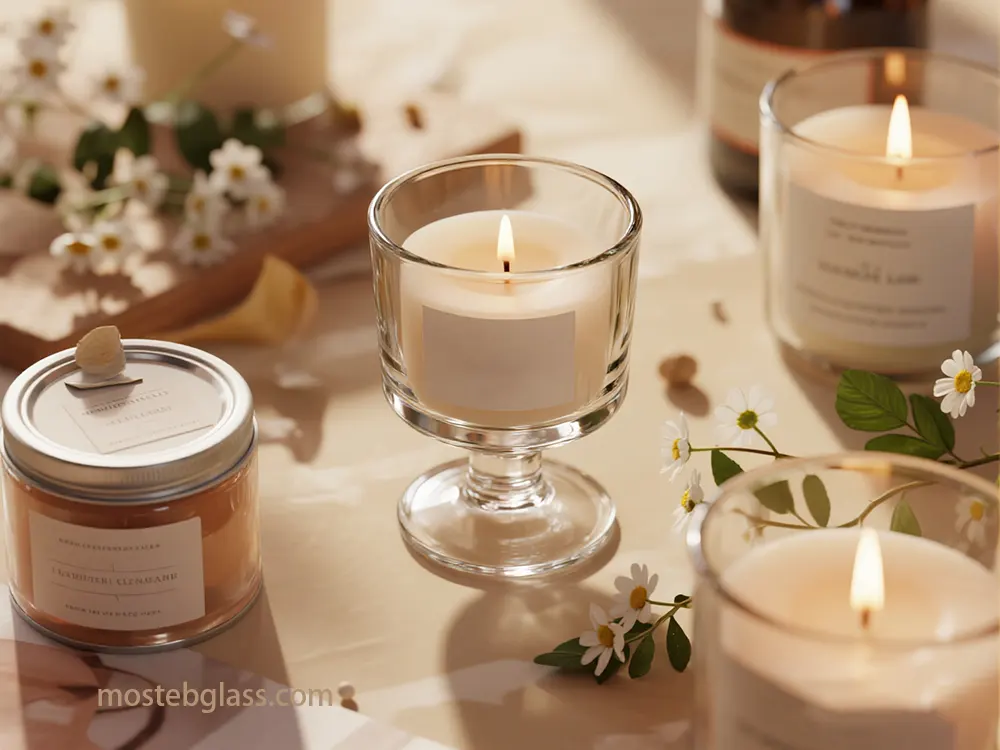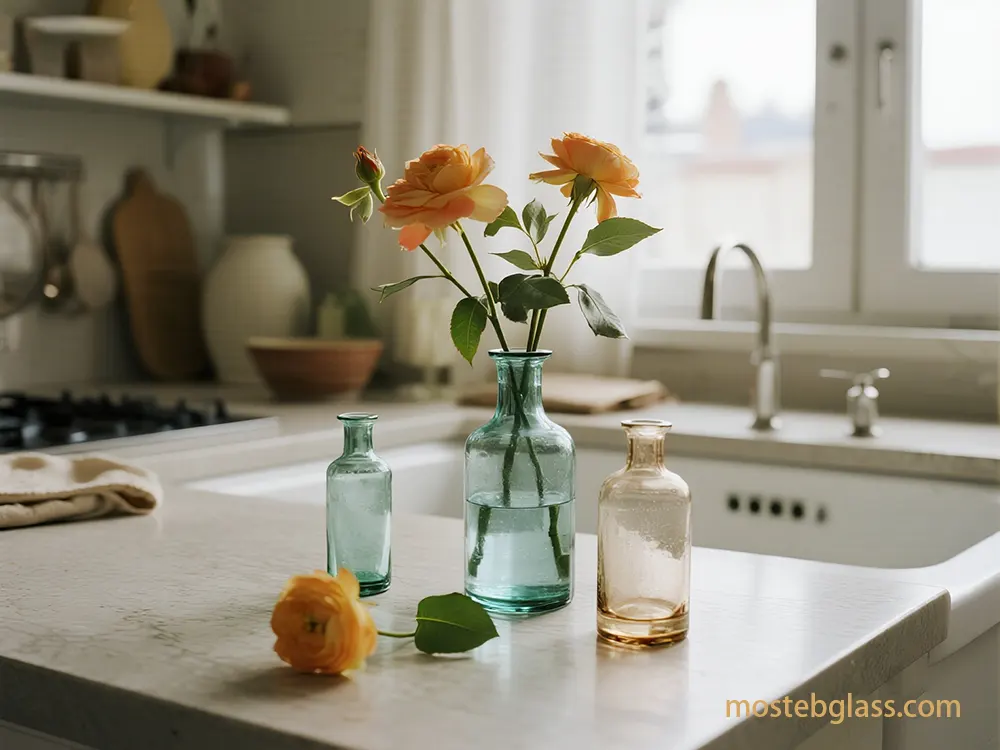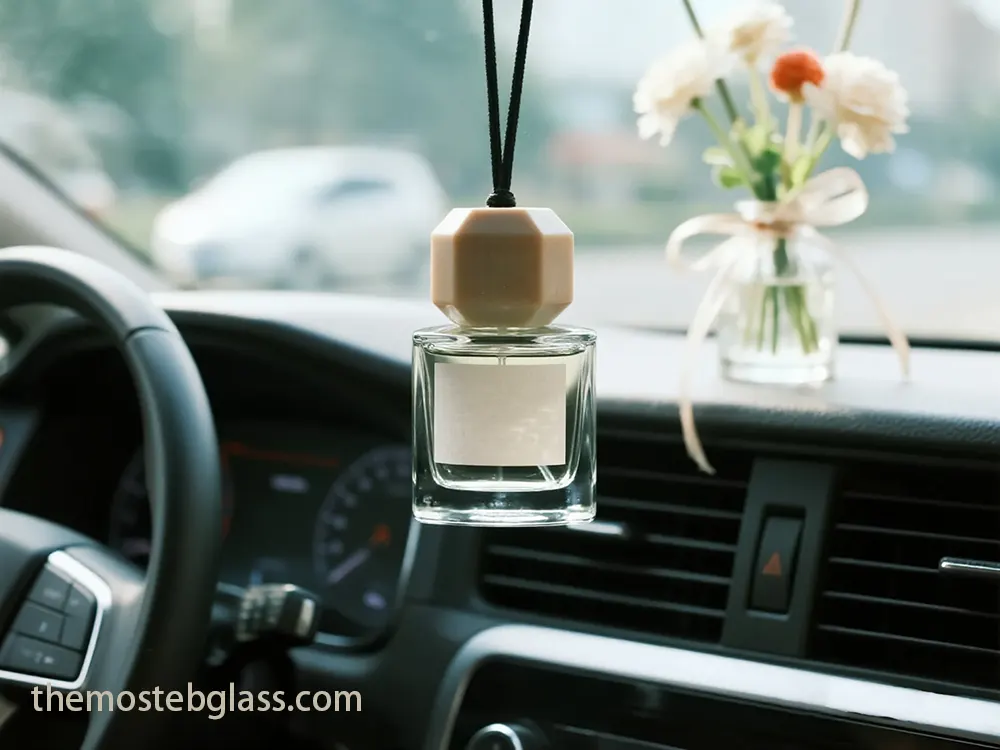Other Shapes: ornement en verre vintage Dresden Ornaments:
While not glass, these highly colored embossed cardboard ornaments from Victorian Germany, often in the shape of animals, are valuable due to rareness in their age and good condition.
1.4. The Value of Patina and Condition
For brand storytelling, a vintage glass ornament, including its pantina, is an important element. Petina has referred to natural wear that comes with age – mercury glass, metal dullness, or to wear minor paint. Away from flaws, these “flaws” are important indicators of authenticity, which separate real older pieces from modern reproduction. They tell a story of time, use and nurtured memories, contributing to the unique character and story of the item. While the overall position still affects the monetary value, the presence of authentic Petina can be a powerful positive feature in brand messaging, with better preserved pieces that take over high prices, suggests a rich history and a life to live well.
2. The Intrinsic Narrative Power of Vintage Glass
Vintage glass ornament has an underlying narrative power, which serves as a tangible link for craftsmanship, cultural changes and the past of personal history. This “object biography” is a powerful tool for brand storytelling, which allows for the subtle communication of the story through the underlying design, age and historical context.
2.1. Object Biography: A Framework for Storytelling
The concept of “object biography”, which detects the journey of an object through time, provides a strong structure to understand and communicate its different use, and changes of hand. In brand storytelling, this biography validate the authenticity and desirability of an object. It focuses on the unique, individual trajectory of goods from generic product classes, promoting deep consumer connections. For brands like
, it is not only to sell an ornament, but also share its unique journey, it is included through its rejuvenation and even moral ideas such as “green credentials” with its reuse.
2.2. Design Cues as Historical Narrators
The internal visual indications of vintage glass ornament subtle their age and origin. For example, the early glass of Germany of the 1840s used to show basic shapes such as baubles and iebs. Older mercury glass ornament usually displays soft, faded pastel colors or silver, and can show flaws with their handmade craftsmanship, unlike uniform modern reproduction. Cap type- A metal cap pre-20th century vs. A spring-loaded metal clip-20th century-acts as an indicator of its era. These subtle design elements allow the ornament to tell their story, even without clear oral statement. ornement en verre Material and methods of production are direct historical markers. Actual ancient ornaments are often made of mercury glass, a process that involves internal silvering with silver nitrate. The 1960s war -rationing of the 1940s produced the “uncertain” glass ornaments, especially by bright bright, which is now highly collecular due to their rarity and historical context. The use of non-unrest miracy glitter further distinguishes vintage pieces from modern, machine-cut glitter, whispering stories in each detail.
- 2.4. Symbolism and Aesthetic Evolution While the specific half -number for each ornament is not clearly wide, common vintage shapes such as grapes, houses, acorn, pine cones, saints, horns, and bells often take traditional or cultural symbolism, especially in terms of Christmas. Cultural movement. The ornate Victorian designs the opposite with clean lines and geometric forms or smooth, symmetrical aesthetics of the art deco. Modern design of the mid-century, emerging post-WWII, introduced a mixture of organic and geometric shapes. These stylistic changes, when recognized, clearly connects an ornament to its specific historical and cultural era.
- 2.5. The "Past Life" in Imperfection The “previous life” of vintage glass ornament is clearly conveyed through their physical condition. An experienced look, chipped paint, or low sparkle reflects real age and history, separating them from modern imitations. These flaws are not defects, but are unique attractions that cause indifferentness and meaningful history, especially if they are considered as a cirloom. This allows a brand to embrace and expose these characteristics as part of the authentic story of glass ornament.
- 2.6. Authenticity vs. Interpretive Narrative Brands must carefully differentiate between the real history of an ornament and the explanatory story created by them. Brand stories in honesty and transparency, aligning with main brand values, and actively listening to the audience are important for the construction of the trust. Although the museum sometimes “confidently direct visitor perceptions …even if it is not really ‘authentic'”, brands must ensure that their narratives are real to create confidence and loyalty. The “object biography” method provides a factual basis, allowing separate stages and relationships about an object about an object. Creative license creates historical historical facts and physical analysis rather than contradictions.
- 2.7. The Evolving Role of Storytelling Museums are moving rapidly to emphasize exhibitions, interpretation, learning and audience engagement, becoming vacant for dialogue and debate. They use physical culture as a major component of their explanatory stories, withstand complex heritage and try for a fine understanding of history. This active approach to museums offers a powerful model for brands such as Mosteb, which demands to be associated with the complex history of vintage objects, which offers a blueprint for rich, multi-level narratives.
- 2.8. Semiotics Beyond the Logo While logo brands are a traditional focus of semiotics, the region rapidly recognizes that the culture of a brand is “located and continuously turns into a wide cultural mile of miles that is populated by artifacts that informs its story the universe”. This means that through their inherent symbolism and historical context, to clearly clarify a brand, the shape, color and finish in these objects can express different meanings and feelings, which can express objects such asvintage glass ornament.
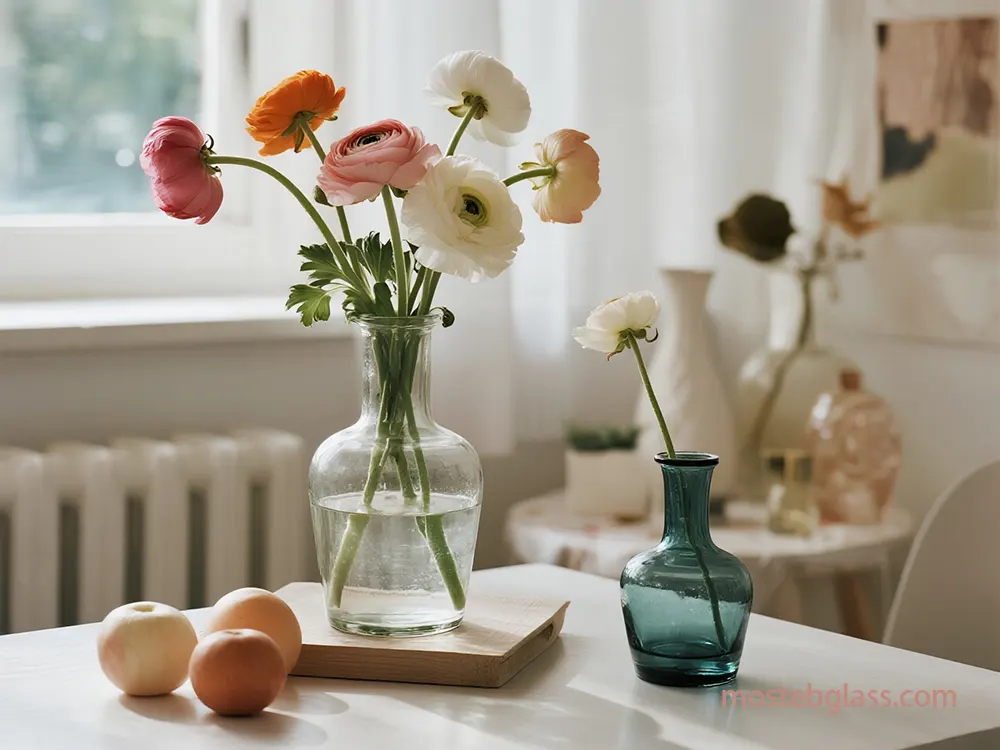
3. Strategic Brand Archetypes and Industries for Ornament Integration
The integration of vintage glass ornament in marketing strategies provides a powerful avenue for deep emotional resonance and brand discrimination, especially for luxury and inheritance brands. This approach takes advantage of indifference, authenticity, and storytelling to connect with consumers at an intensive level, strengthen specific brand arcatypes and create unique market positions.
3.1. Nostalgia and Heritage: Cornerstones of Luxury
Luxury brands are exceptionally well deployed that they draw on their rich history and heritage. This strategy, which weaves the elements of the past in the present, highlights powerful emotions, promotes deep connections, and affects the purchase decisions. Emotionally operated campaigns perform much better than purely rational people, and consumers who experience apathy are more inclined to pay for desired and aspiring products. This appeal spreads generations, making it a versatile tool.
It is important to include brand heritage, original, tradition and values cultivated over time, establishing trust, authenticity and reputation in the luxury market. Eminent brands such as Hermès, Chanel, Louis Vuitton, and Rolex effectively use their long history, craftsmanship and iconic product stories to have emotional and aspirational relations with consumers.
3.2. Archetypal Alignment for Vintage Ornaments MostebThe Innocent:
Brands aim to provide purity, optimism and happiness (eg, Disney, Pigeon). Vintage glass ornament, especially connected to the holidays, tap in the same surprise and simple time.
The Lover:
Brands focused on passion, intimacy and joy (eg, Victoria Secret, Godiva). Ornament can be a symbol of emotional shackles of nutritious memories, family traditions and special occasions.
The Caregiver:
Brands that protect customers, and aim to safe and care for customers (eg, Johnson & Johnson, UNICEF). Vintage glass ornament can represent the comfort of home, family and permanent traditions.
The Creator:
Brand innovation emphasizes artistry, and creates meaningful products with permanent value (eg, Adobe, Lego). The complex craftsmanship and unique designs of antique and vintage glass ornament, some of which are highly collectable, resonate with the appreciation of the manufacturer for artistry and permanent beauty.
3.3. Industries Primed for Integration
High-end retail, luxury hospitality, bespoke services, and heritage fashion vintage are the major industries to take advantage of glass ornament:
High-end Retail & Heritage Fashion:
Brands such as channels and Louis Wuiton, already mixed history rich with modern trends, can include vintage ornament as window display, in-store decoration, or limited-culture gift packaging. This confirms their legacy, craftsmanship and uniqueness, appealing to consumers who give importance to authenticity and timelessness.
Luxury Hospitality:
Hotels or resorts can use vintage glass ornament in lobby displays, as guest room decorations during festive season, or part of curate “heritage experiences”. This enhances the “experience” aspect of luxury, which develops the spirit of timeless elegance, comfort and unique character.
Custom ornament, high-end interior designers, or luxury event planner vvintage glass ornament can be used to express inspiration, design elements, or in client presentation to express bespoke history, unique beauty and personal luxury.
B2B Application:
Luxury B2B can use vintage glass ornament for brand client engagement. Event planners can include them in decoration subjects, which can create memorable, sophisticated atmosphere. Interior designers can use them as pronunciation pieces in mood board or office decoration to demonstrate them a sophisticated aesthetics. The corporate gift of bespoke vintage glass ornaments, a subtle branded, appreciate and leave a permanent impression, separating the Mostebfrom the generic corporate swag.
3.4. Messaging and Visual Strategies
Successful brands that take advantage of historical elements employ specific strategies: highlighting founder legends, emphasizing craftsmanship and tradition, re -releasing retro designs, and combining heritage with modernity through cooperation. For vintage glass ornament, visual strategies may include their delicate craftsmanship, unique hand -painted details, and the way light mercury interacts with the glass, often in settings, which provokes warmth, tradition and celebration.
3.5. Subverting Archetypes: The "Anti-Archetype" Approach
A brand can deliberately subvert its primary archtype by introducing vintage elements in an unexpected or irony manner to create a unique market position. For example, a “rebel” brand (eg, Harley-Davidson) can irresponsibly use vintage glass ornament in irony campaigns, create a striking contrast that challenges the traditional assumptions of luxury and tradition. This cognitive inconsistency can make the brand memorable and stand out. Equally, a “juster” brand can use them in a eccentric or absurd context that is to develop the light.
3.6. The Enduring Value of Authenticity
- Despite critics of arcatyps as potentially redestible, the inherent principle for luxury brands using vintage artifacts is the creation of authenticity and a sense of timelessness. It creates faith and emotional loyalty, transforms shopping into tradition and experience in the sense. Consumers fast seek brands that provide a story and a soul, making historical elements a strategic imperative for discrimination. The market includes both real antiquities and modern reproduction in the market for vintage glass ornament, the brands either the source of authentic, rare features gives flexibility to the rare pieces or a collarmer for high-quality recurrence for high-quality recurrence.4. Cultivating Consumer Emotion Through Vintage Ornaments
- The vintage glass ornament is powerful union for emotions, which are capable of developing indifference, authenticity, bliss, uniqueness and emotionality. These emotions are only fleeting emotions but a fundamental psychological driver who strengthens brand connections and loyalty. 4.1. Nostalgia: A Deep Emotional Connection
- Nostalgia, craving for the past, is an intensive psychological driver, who affects consumer behavior by provoking feelings of happiness, comfort, heat, happiness, and satisfaction. Connectivity, trust, optimism for the future, and notion of meaning in life. For Mosteb, taking advantage of this inherent indifferent appeal means tapping in a rich reservoir of positive human experience.4.2. Authenticity: Enhancing Perceived Value and Self-Identity
- The alleged quality of vintage products, including glass ornament, is internally associated with their authenticity. Authentic items are valuable to offer a better value for money, to be more reliable, and to have the ability to appreciate the value over time. Consmersars use the authenticity of vintage objects to connect with an ideal past, detect cultural changes, and strengthen your personal identity by feeling unique and different from mass-market consumption. 4.3. Exclusivity and Scarcity: Driving Desire
Vintage products are naturally considered as scarser, unique, and “one of a kind”, which significantly increases their subjective value and desirability among consumers. This “scattering rule” states that the item considered as rare or exclusive is seen as more desirable and valuable. Products are presented as rare, and when the alleged self-realization of consumers is increased when wearing or ownership.
4.4. Emotional Responses: Translating to Loyalty
- Positive emotions developed by vintage objects, especially nostalgia, foster deep emotional connections that lead to brand attachment, loyalty, trust, intimacy, and repeat. Desire to pay premium prices. 4.5. Intergenerational Nostalgia: Broadening Appeal
- Nostalgia marketing effectively appeals for a broader demographic, including young consumers such as Generation Z, who may not individually refer to historical periods. The phenomenon, called “simulated nostalgia” or “collective nostalgia”, allows existing people to attract new customers. Young generations to create new relationships with inheritance-rich and authentic brands. 4.6. Strategic Design and Emotional Storytelling
- 5.3. Innovation and Sustainability Initiatives 4.7. Authenticity: The Credibility Factor
- The effectiveness of nostalgia marketing, such as the Coca-Cola example, is rooted in the authentic relevance of the nostalgic reference. Attempts to use nostalgia may be perceived by the consumer as superficial, forced, or unauthentic and can generate skepticism or backfire. For a Gen Z audience, a Coca-Cola nostalgic ad is more likely to resonate than a non-established brand using vintage styles to reference nostalgia. Gen Z is particularly sensitive to brands that use an “exploitation” of aesthetic. Brands must respect consumers’ experiences and connections avoiding an artificial sentimentality.4.8. Co-creation of Sentiment: Deepening Engagement
Including consumers in the process of storytelling about vintage products, or allowing them to participate in the co-creation of new nostalgic products, enhances feelings of worth and builds brand relationships. Working together, often through social media, allows consumers to view brands as more authentic and genuine and engenders positive behavioral intentions toward the brand, love for the brand itself, and loyalty.
4.9. Psychological Comfort in Uncertainty
Nostalgia brings comfort and a level of stability in times of stress or uncertainty, as it reflects back on times perceived as “simpler” or “happier.” This sense of psychological reinforcement, as it contributes to increased happiness and comfort levels, is one aspect of the way in which brands can use nostalgia to support consumers’ overall sense of well-being, in addition to certainly producing positive feelings or memorable social experiences.
4.10. Balancing Nostalgia with Innovation

Engaging the consumer with feelings from the past is important, but the notion of nostalgia marketing campaigns successfully, can engage consumers feelings from the past, and as important, combine those feelings with current features or messages to create consumption relevance for today’s social consumers. Retro design, sometimes conflated with “vintage design,” but different from vintage design, engages a purposeful reading of the historical visual language in a contemporary way – borrowing aspects from the past that are recognizable, but using modern tastes/with technology while being mindful of contemporary expectations. Balancing these approaches is to ensure that it does not involve laziness, irrelevance or potential for alienation. The opportunity for nostalgia and memory would be injected with meanings with the potential to motivate consumer action.
5. Integrated Application Across Physical and Digital Brand Touchpoints
The practical implementation of vintage glass ornament spans a range of marketing and brand touchpoint opportunities – from in-store retail displays and product packaging, to corporate gifting, experiences, and sophisticated digital storytelling strategies in a shareable context.
5.1. Packaging: Elevating Perception and Sustainability
Vintage-inspired packaging, with design aspects such as botanical illustrations, muted palettes, textural surfaces, embellished or decorative details and classic typography communicates positive emotions or memories of simpler times, craftsmanship and authenticity. These appealing attributes enhance the perceived quality and worth of the product, and create a sense of “specialness”. Vintage packaging encompasses successful brands, such as CocaCola and Heinz, who have built their identities around it. For Mosteb, packaging for a vintage glass ornament is also a product. The design of the packaging tells a story so that all touchpoints of the brand experience are enhanced.
With the increasing consumer demand for eco-friendly solutions, vintage packaging is suddenly relevant again in the 21st century. Brands can use recycled or biodegradable materials and soy-based inks, and the packaging itself can highlight these environmental messages – providing another layer of trust and commitment on the eco-friendly spectrum, connecting and relating the historical and sustainable principles of a vintage packagaing product.
5.2. Corporate Gifting: Lasting Impressions
Retro and vintage-brand inspired corporate gifts are a powerful solution for showing appreciation, promoting a brand, and creating a lasting impression. Gifts like 70s inspired weekender bags, retro pile fleeces, vintage logo classic crewneck sweatshirts, and 1980s-inspired denim western shirts. Bespoke retro gift sets fit for your marketing budget can include options such as metal wall signs, mugs, or hampers. The preeminent gift option is bespoke vintage glass ornament to be given as premium corporate gifts personalized with lightweight subtle branding that represent appreciation, introduce heritage, and create a lasting impression separating Mosteb from the generic corporate swag adoration of vintage after all.
5.3. Digital Storytelling: Amplifying Vintage Appeal
Social media platforms (Instagram, TikTok, Facebook, Pinterest) serve as critical elements for nostalgia marketing as brands can visually display curated content and share stories behind the “behind the scenes” vintage items. Luxury brands (Versace, Burberry, Tiffany & Co., Nike, Gucci, and Cartier) have been active using nostalgia marketing since vintage, showing vintage campaigns, social sharing vintage throwback images, and collaborating with modern icons to weave nostalgia themes into advertising and public relations. The use of short form video on platforms like the tube is where brands will receive the most reward for nostalgia – especially with Gen Z included as they are watching well over 50 billion shorts daily!
E-commerce platforms have the capacity to elevate the online vintage shopping experience by providing personalized recommendations, AI curation, detailed product descriptions, virtual try-ons, and augmented reality (AR) functionality, while also recreating the “treasure-hunting” experience experienced when vintage shopping in person. Adobe-prompted vintage aesthetic sites combine retro designs that include pixelated graphics and arcade lettering with modern function and interaction to create immersive experiences.
5.4. Sourcing and Authentication: Ensuring Credibility
Sourcing vintage glass ornament for larger brand use requires looking for many different avenues away from typical retail. Recommended sources include family keepsakes, estate sales (and arriving early), antique dealers (who curate vintage products before you see them), online shopping, flea markets, yard sales, and antique malls. Thrift stores are generally not a great idea for delicate glass ornaments, as they may be broken.
In general, identifying and authenticating vintage glassware requires careful observation. Key elements to observe include shape, surface, weight, quality, transparency, opalescence, iridescence, and decoration. Importantly, checking for a maker’s mark (signature, embossed markings, pontil mark, or mold line) is also typically found on the underside. Experts recommend resources such as loetz.com and various vintage glass collector Facebook groups. Notable brands with identifiable marks include Libbey, Fenton Art Glass Company, and Shiny Brite.
5.5. Maintaining Collections: Archival Practices
To keep vintage items, such as glass decorations, requires care in the handling of all objects, using the proper cleaning instructions, and, invariably, the appropriate manner of storing the objects. The use of storage boxes that are archival quality – and acid-free and lignin-free – and wrapping fragile items in acid-free tissue paper are essential. Documenting identifying information, history, and condition in detail is necessary for authenticity, adding value over time and historical accuracy, and this level of documentation is helpful for both collectors and potential buyers in establishing credibility.
5.6. Innovative Physical Displays: Driving Engagement
This is another area where you can get creative with your display method of vintage smalls, easily applied to glass ornaments: use unexpected items as display holders! Some examples from antique booths are birch logs to hold earrings, playing cards to hold pins, small creamer pitchers or jars to hold silverware, or music stands for a more general display. Another idea can consider is displaying by grouping décor (colors, theme, or wear: ’70s Chic’, ‘Retro Home Décor’, etc.) which can help to draw more attention to and help customers envision it in their own home(s).
5.7. Limited-Edition "Vintage-Inspired" Collections: Scalability and Exclusivity
Brands can present “vintage-inspired” collections with limited production that blend authentic vintage aesthetics with new manufacturing, allowing scale while maintaining the desired authenticity. This drives the experience of exclusivity and urgency for consumers, which ultimately fosters brand loyalty. For examples, look at Marc Jacobs’ M-Archives which featured updates on vintage bags from the 1980s, or Nike’s collaboration with Billie Eilish on the Air Force 1 with updated aspects of sustainability. Vintage collections usually include interesting details and features like packaging, special colors, and collaborations with designers/influencers.
5.8. Experiential Events: Immersive Brand Stories
When incorporating vintage décor and a “nostalgic aesthetic,” events can be created into unforgettable experiences. Nostalgia Event Rentals is an example of a company that provides luxury event furniture and décor that combine modern and vintage, creating the specific “vibe” and storytelling opportunity for corporate functions, weddings, and social events. Pop-up shops and vintage markets can be included in the experiential retail shopping experience, ensuring a sense of community and FOMO (Fear Of Missing Out) tenants the events are limited time.
5.9. Challenges and Opportunities
Owning a vintage inventory for resale can be hard work due to challenges in pricing for an item based on rarity, condition, and historical value; fun for resale is often quite low; and items must be acquired, restored, and marketed at a cost. To remain competitive with fast fashion and large second-hand retailers, the vintage seller must differentiate at least in the area of curated collections and costumer experience. Especially sourcing delicate objects such as glass ornaments can be a challenge because they break easily. But these roadblocks may also provide avenues for branding around curation, authentication, and ethical purchasing. Mosteb may, for instance, brand around excellent quality, unique provenance and reliable integrity which are invaluable for establishing a reputation as a trusted resource in the vintage market.
Wholesale Diffuser Bottles
Wholesale Glass Vases
Latest Insights
Glass Decor Catalyzes Brand Storytelling in Retail Displays
Elevating Luxury Glass Vase Decor Through Advanced Customization
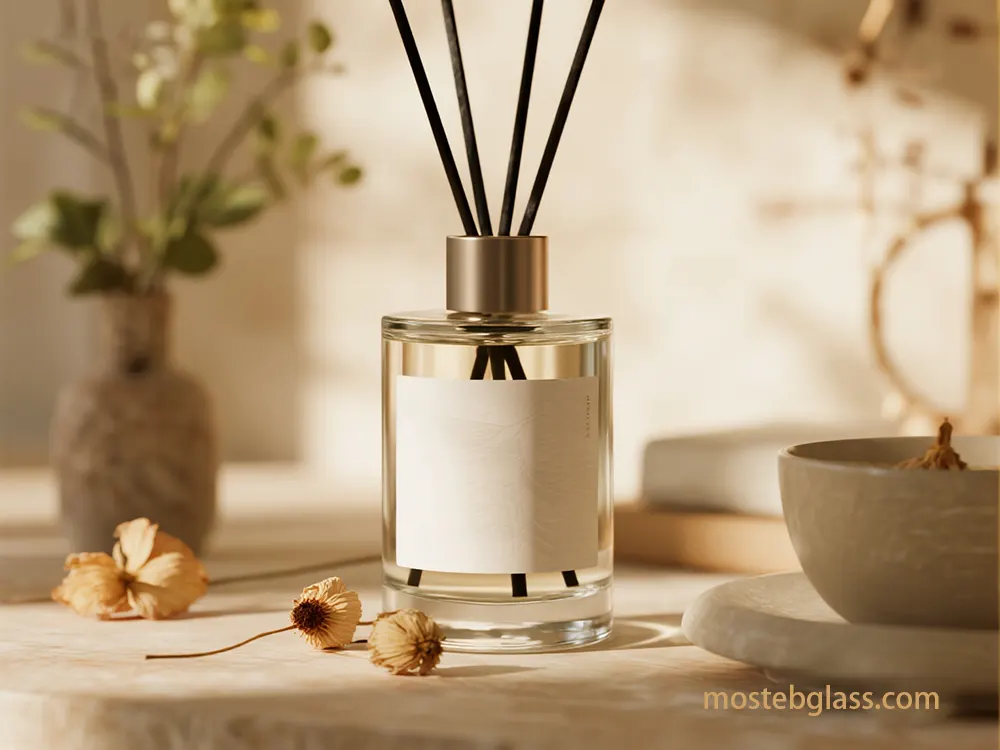
Comment
Submit your opinion
get a free quote
Complete our quote request form or email us at
to receive a customized quote from our product specialists.
Select a product
glass candle jars
Reed Diffuser Bottle
glass vases
Quantity
contact our Product Expert
Send us a message freely if you have any questions. We’ll get back to you within 30 minutes, and we’ll adhere to the
to protect your information.
full name
email adress
Please provide us with the capacity, shape, color, and quantity of the glass containers you require. Alsoplease feel free to share any other details or specific requirements to help us better understand yourproject.
Tell us your requirements, such as capacity, quantity, customization, etc.
breadcrumbs
